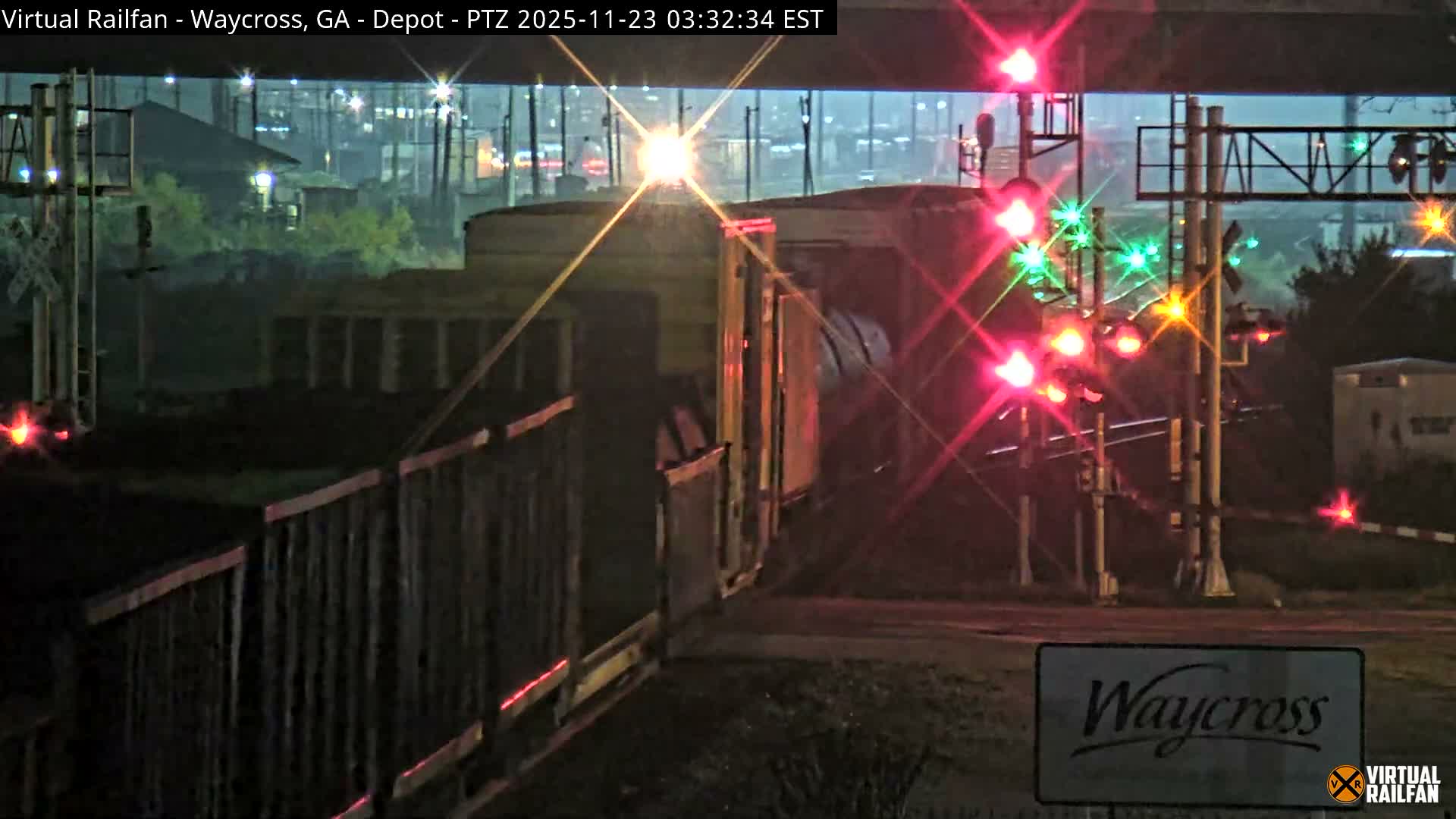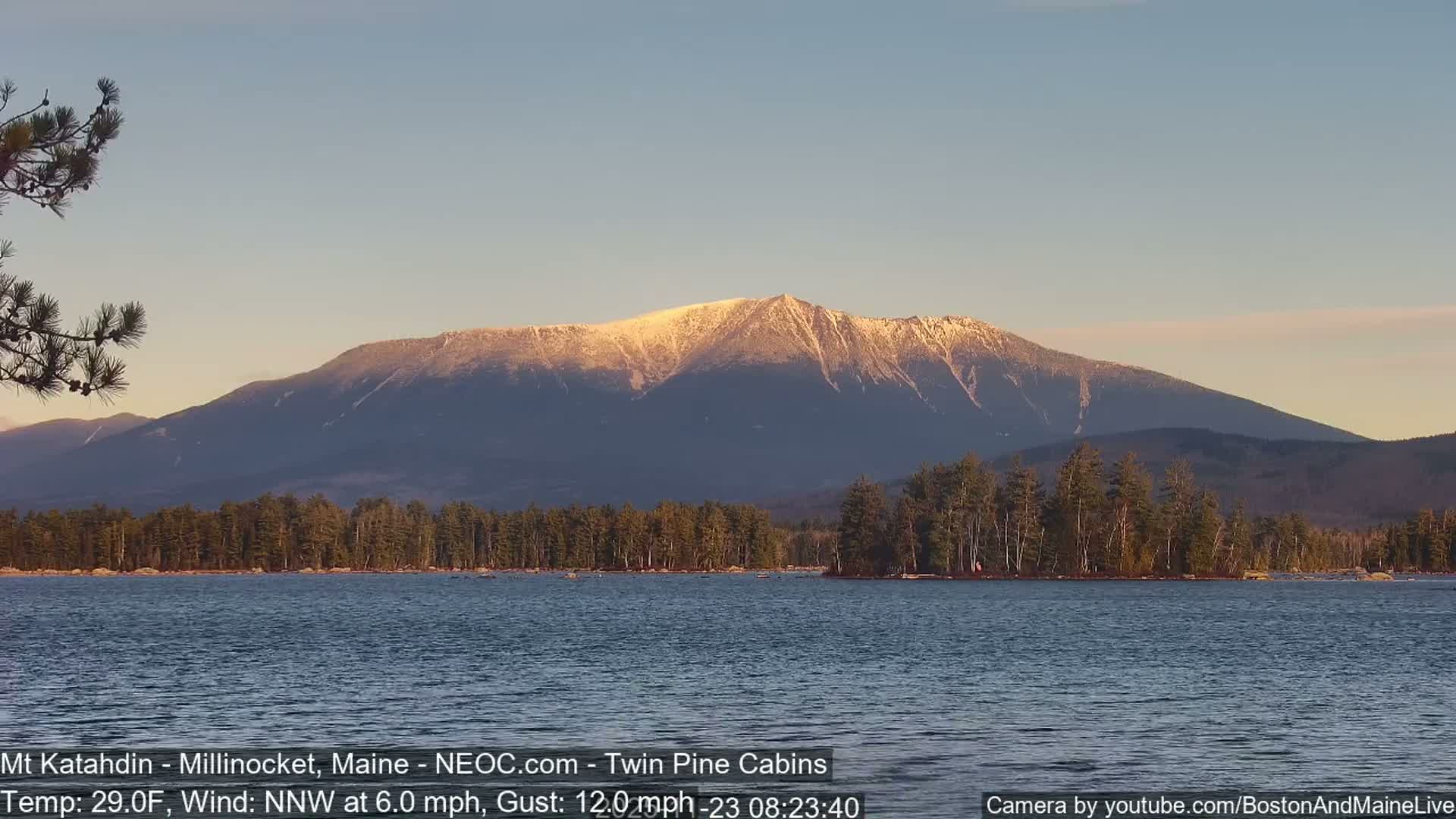Alaska's Indigenous communities are confronting an accelerating crisis as climate change rapidly erodes their ancestral lands, leaving many low-lying villages critically vulnerable. Recent devastating autumn storms have intensified the spotlight on these communities, highlighting a dire lack of federal support and coordinated efforts to ensure their survival. The region, already grappling with frequent flooding, thawing permafrost, and severe erosion, faces an existential threat.
Winter's arrival has slowed down urgent repair and cleanup operations following two destructive October storms, including the remnants of Typhoon Halong. Villages like Kipnuk and Kwigillingok bore the brunt, with some residents potentially displaced for extended periods, facing uncertain futures. Kwigillingok had already initiated relocation plans before the latest storms, a process known to span decades due to absent centralized coordination and insufficient funding. Compounding this challenge, the Trump administration's proposals to cut grants aimed at bolstering climate resilience have introduced further instability.
Desperate Measures: Buying Time Against the Tide
Bryan Fisher, Alaska's emergency management director, expressed hope in strategies designed to "buy time" for these villages. This involves fortifying rebuilt infrastructure or installing pilings to elevate homes, thereby enhancing resilience. "Where we can support that increased resilience to buy that time, we’re going to do that," he affirmed.
Alaska is warming at a rate significantly faster than the global average. A report from the Alaska Native Tribal Health Consortium last year revealed that 144 Native communities are imperiled by erosion, flooding, thawing permafrost, or a combination of these factors. Coastal populations are particularly at risk, as noted by climate scientist John Walsh. Diminished Arctic sea ice means more open water, allowing powerful storm-driven waves to inflict greater damage. The thawing of permafrost further exacerbates coastal erosion; where frozen ground once resisted waves like a concrete wall, now loose soil is easily washed away.
The remnants of Typhoon Halong’s wind and storm surge devoured dozens of feet of shoreline in Quinhagak, unsettling a culturally significant archaeological site. Quinhagak, along with Kipnuk and Kwigillingok, is situated near the Bering Sea. Rick Thoman, a climate specialist with the Alaska Center for Climate Assessment and Preparedness, highlighted that ex-typhoons have struck the Bering Sea coast north of the Pribilof Islands only four times since 1970, with three of those instances occurring since 2022, starting with the remnants of Merbok. The recent damage from Halong was the most severe Fisher had witnessed in his nearly 30 years in emergency management, with estimates suggesting about 700 homes were destroyed or heavily damaged; some were even swept away with residents inside.
Kipnuk and Kwigillingok: On the Brink
Kipnuk and Kwigillingok, familiar with flooding and home to approximately 1,100 people, were left devastated. One fatality was reported, with two individuals still missing. Communities facing such perils have several options: reinforce existing infrastructure, fortify shorelines, relocate infrastructure to higher ground (managed retreat), or undertake full community relocation. The financial requirements are staggering; the health consortium’s 2020 report estimated $4.3 billion over 50 years to safeguard Native community infrastructure from climate threats.
Barriers to Relocation and Federal Inaction
A critical lack of resources and unified coordination has hampered progress. The report also pointed out policy pitfalls: simply declaring relocation plans can disqualify a community from receiving funding for its current site, while government regulations can restrict investments in a new site if it’s not yet inhabited. The arduous relocation of Newtok’s approximately 300 residents to Mertarvik, 9 miles away, took decades and cost an estimated $160 million. Newtok was a pioneer in full community relocation for Alaska Native communities, and others are now contemplating or pursuing similar moves. Tribes in Washington and Louisiana are also driven by climate change to relocate.
However, many villages, including Kipnuk and Kwigillingok, lack the luxury of time, according to Sheryl Musgrove, director of the Alaska Climate Justice Program at the Alaska Institute for Justice. Her organization supports 10 tribal communities in navigating these complex climate-adaptation decisions. Kipnuk had previously planned a "protect-in-place" strategy but is now reconsidering its options post-storm. Musgrove hopes the recent attention will spur federal changes to aid communities in crisis. She pointed out the absence of a dedicated federal agency to coordinate relocation, forcing small communities to navigate a labyrinth of agencies and programs. "I guess I’m just really hopeful that this might be the beginning of a change because I think that there is a lot of attention to what happened here,” she remarked.
Scattered Funding and Political Uncertainty
In 2022, the U.S. Bureau of Indian Affairs established the Voluntary Community-Driven Relocation Program, backed by $115 million from the Infrastructure Investment and Jobs Act and Inflation Reduction Act. This funding supports 11 tribal relocation efforts, including $25 million each for Newtok and Napakiak. Napakiak anticipates most of its infrastructure will be lost to the Kuskokwim River by 2030 and is actively relocating. Yet, this funding is insufficient for a complete village move, with other funding streams scattered across various agencies like the U.S. Department of Agriculture and NOAA.
Sustained federal assistance remains precarious, especially given the Trump administration’s proposed cuts to climate change and disaster resilience programs. In May, Trump suggested a $617 million reduction from the Bureau of Indian Affairs’ tribal self-governance and communities programs, without specifying details. The Department of Interior stated that new grant funding is "under review as part of a broader effort to improve federal spending accountability," though the Bureau of Indian Affairs is "helping tribes lay the groundwork for future implementation when funding pathways are clarified." Other federal aid vital for Alaskan villages has already been curtailed. FEMA awards intended for Newtok and Kwigillingok for relocation projects were halted in April as the administration froze billions in unpaid grants. Trump has also ceased approving state and tribal requests for hazard mitigation funding, typically supplemental aid after major disasters.
Even crucial data necessary for villages to assess climate change impacts is at risk. The Trump administration has reportedly removed climate change information from government websites and dismissed scientists involved in mandated climate assessment reports. The fate of Alaska's Indigenous communities hangs precariously in the balance, battling both an unforgiving environment and uncertain federal support.







